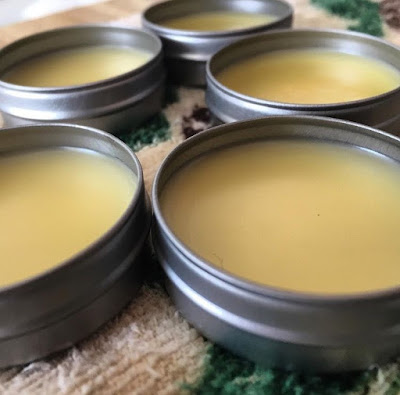What is known historically of embroidery and cross-stitching is that embellishing fabric with thread has been used for thousands of years, and the trade routes between Asia, the Middle East, and Europe allowed for a blending and sharing of various techniques and patterns.
Traditionally, the techniques were passed down from mother to daughter. As a young woman was learning various letters, numbers, patterns, and techniques, she would create a "sampler" - a piece of linen that contained the master list of designs for her to base her pieces on.
Cross-stitching was never a technique that was used exclusively on fabric, but blended with several other embroidery techniques. It was a way to embellish clothing, add a family emblem to table cloths or towels - and most importantly - to show wealth or status. The more intricate or colorful, the wealthier a family was. This was an indicator of a household that could either hire women to stitch for them, or the females of that family were not required to work the family farm and could dedicate their entire day to reading, stitching, or entertaining.
I was taught to cross-stitch when I was 7 years old by my aunt. I'll never forget my first cross-stitching kit. It came with the pattern stamped on the fabric for me to stitch over. I remember the excitement as I watched the pattern come to life with each stitch, and how proudly I felt when it was completed.
I remember the first cross-stitch I did without the stamped pattern. It was a Mother's Day gift to my mom - which she still has to this day. I remember making mistake after mistake, taking out stitches, redoing the stitches correctly, but with each mistake learning and growing.
I continued to challenge myself as a stitcher with more complex designs, shading, combining strand colors in the same stitches. One pattern took me close to a year to complete, but it's still my best work to date. Another was a single color, took a month of stitching in every spare moment I had, but where there was a lack of variation in color, the intricacy of the pattern spoke for itself.
Embroidery of all forms can serve as a meditative, therapeutic event. Focusing time, energy and will-power on a specific subject means pouring a part of yourself into a piece of art. You are creating and stitching life into a piece of fabric.
If the stitching is part of a gift, you are able to think of that person and weave an intention into the fabric with each stitch. I include a strand or two of my hair wrapped with the thread and woven into the fabric. I also seal my art by pricking my finger with the needle and allowing a drop or two of my own blood to soak into the fabric. This physically and spiritually connects myself with the art work and the recipient.
Stitching is magic. It is an art form with a tradition and history rich and endless. Today most look at it as a hobby and not a cultural marker. It's time to take back our traditions, and to pass on the knowledge of our ancestors to the next generation.








